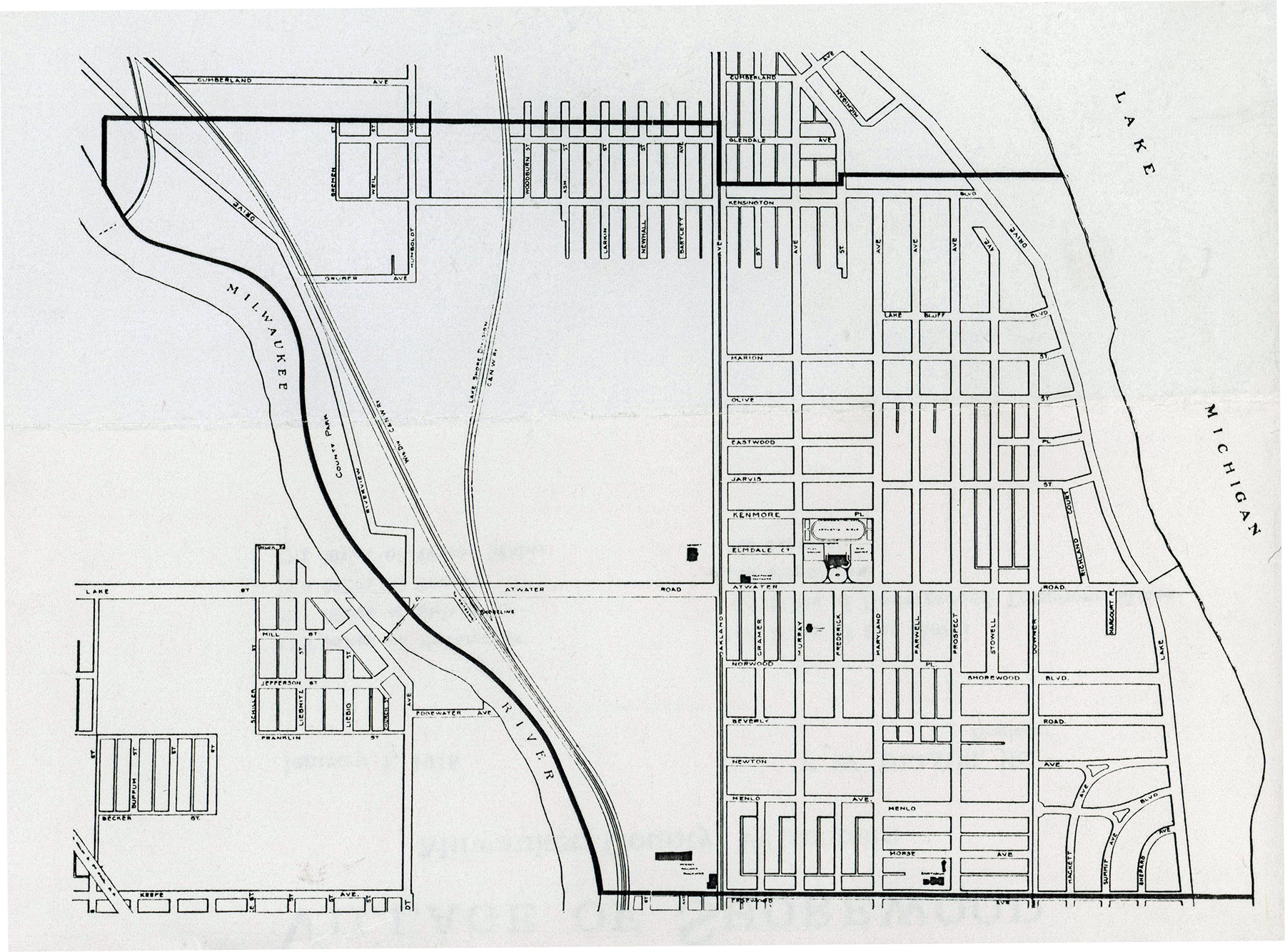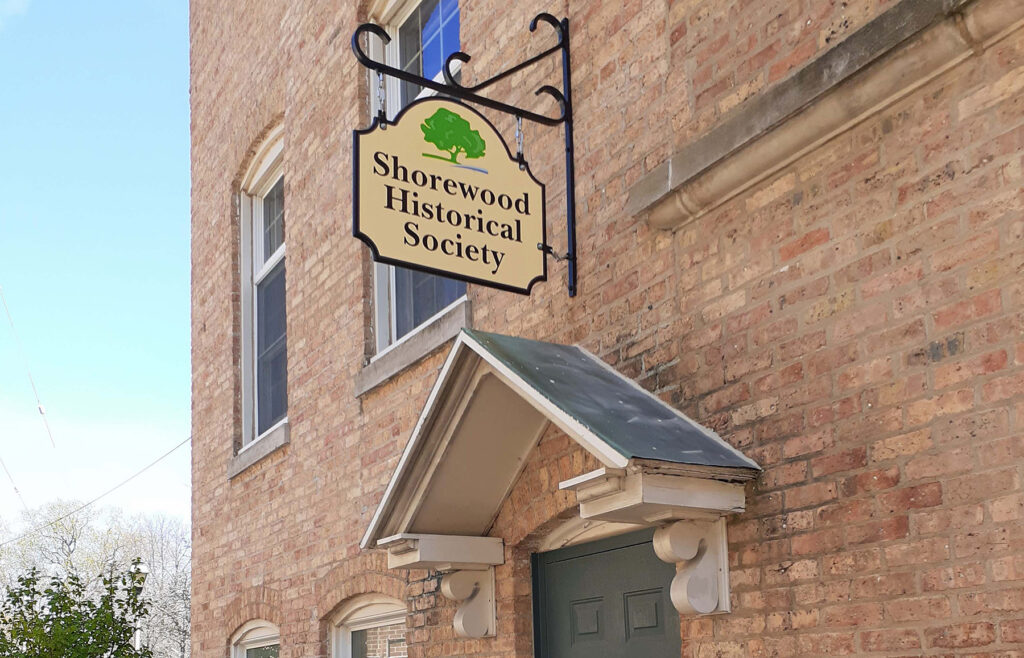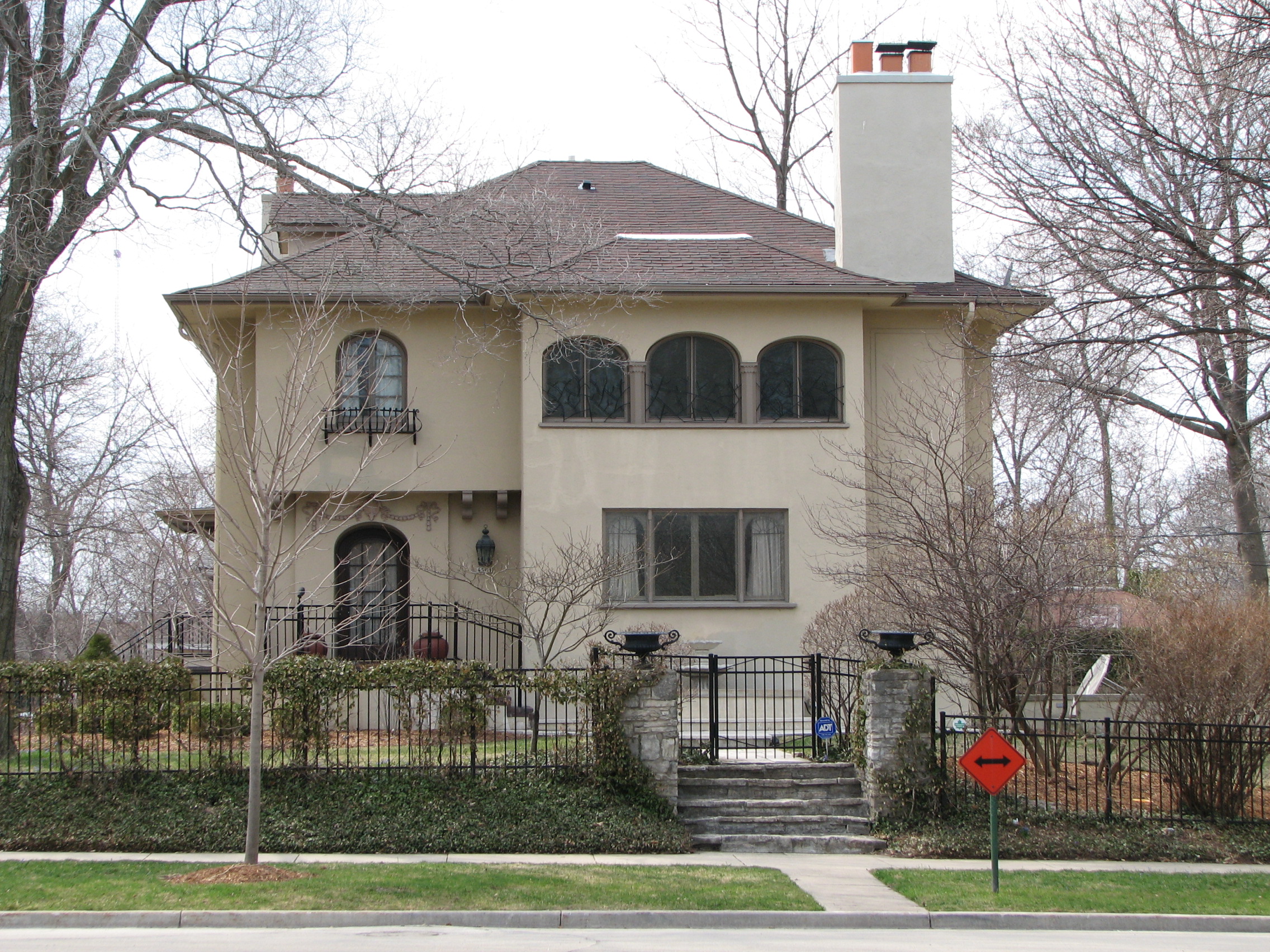
for generations

where we are today
As one of the first suburbs to develop north of the City of Milwaukee, Shorewood is a historically significant Village. The Shorewood Historical Society encourages preservation, conducts research and provides educational experiences to document our past and inspire our future.
Research

Digital Archives
View our online digital collection of images, newspapers and historical articles.
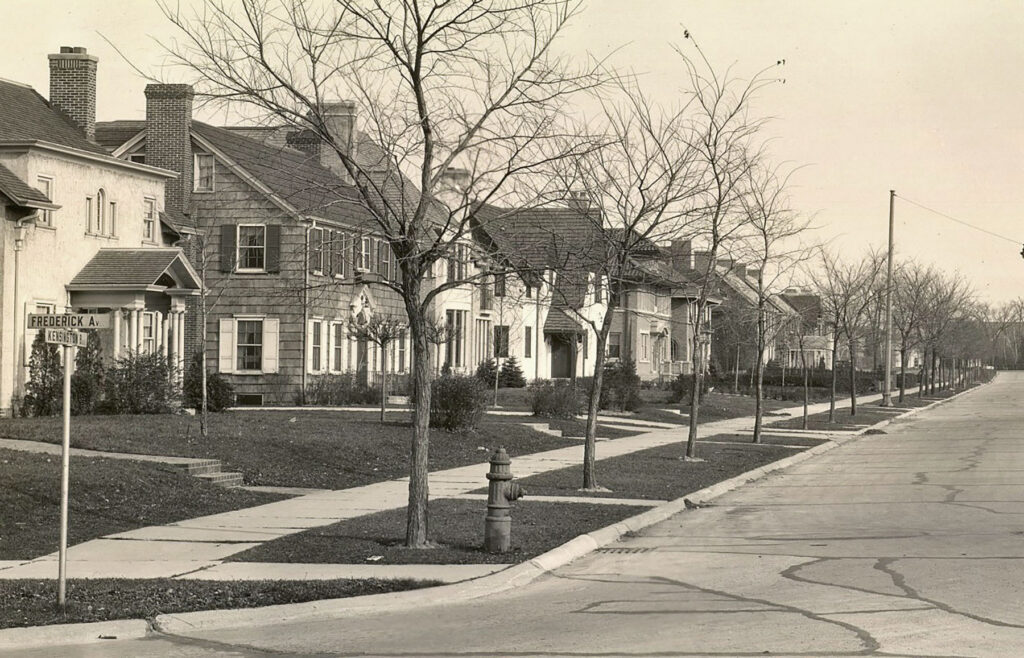
Our Built Environment
Research the history of your home and other Shorewood buildings.
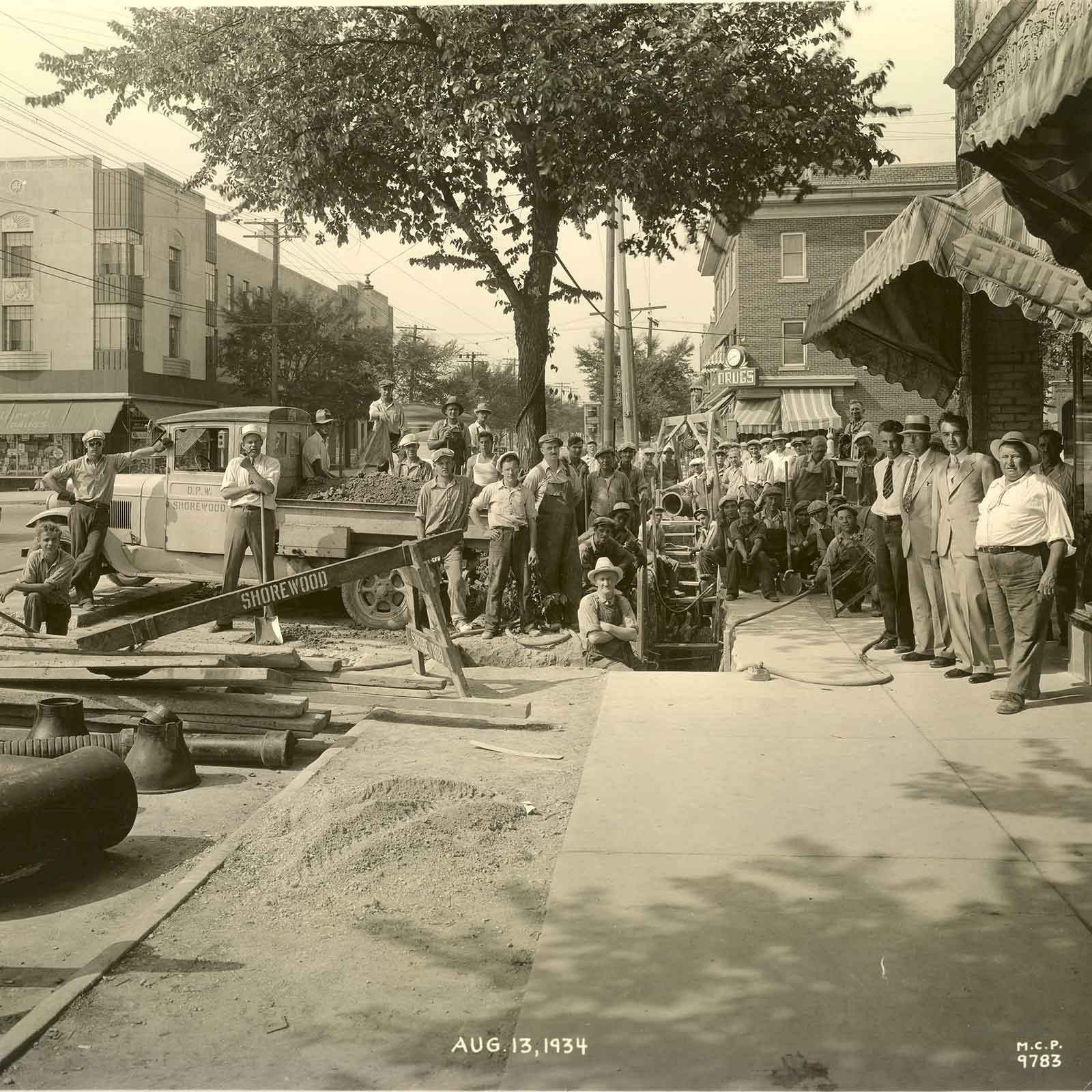
At the Corner of Oakland and Capitol
In 1831, the area east and north of the Milwaukee River was purchased from the Menominee Indians by the United States government. When the land was surveyed in 1835, the area we know as Shorewood was part of four sections. Capitol Drive and Oakland Avenue follow the section lines and cross where the four original sections meet.
In 1934, Federal government funding made it possible for Shorewood to hire several unemployed laborers to assist Village staff with infrastructure work on the corner of Capitol and Oakland. The crew is posed in front of a Fruit and Vegetable store, the forerunner of Sendiks. Construction on the art deco building pictured on the left had recently been completed.
Did you know: Capitol Drive has had more name changes than any other street in the Village;
• Lake Street
• Mineral Springs Road
• Atwater Road
It was re-named Capitol in 1927 when the concrete bridge across the Milwaukee River was completed and connected with Capitol Drive on the west side of the river.
Upcoming Events
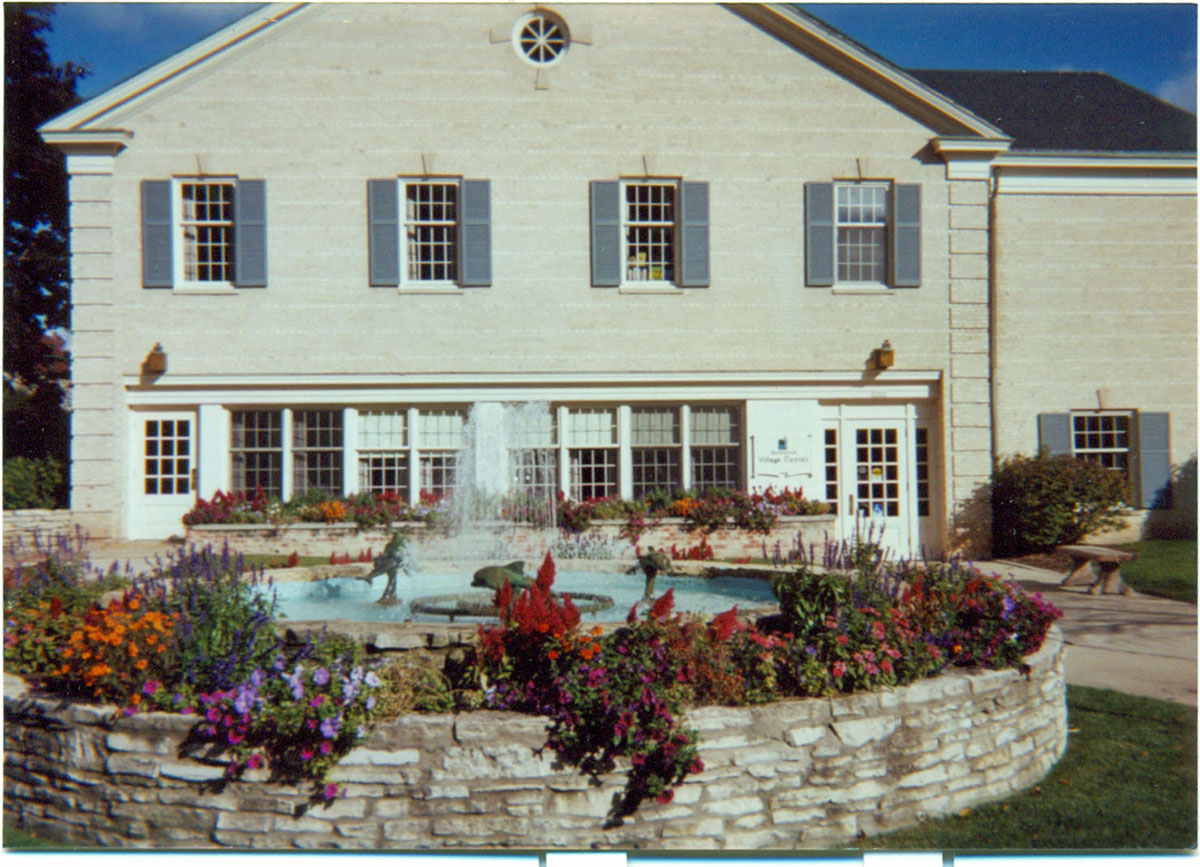
Shorewood SCAN Day – Saturday, October 4
Share your Shorewood related photos and documents with the Historical Society

Shorewood is Celebrating its Quasquicentennial (125th Anniversary)
Shorewood is Celebrating its Quasquicentennial (125th Anniversary) this year.
Ready to Grow
The Village of East Milwaukee was incorporated in 1900 when the population was approximately 300. By 1917, the Village was poised for growth. New homes, small businesses, schools and churches were replacing farms, primarily east of Oakland Avenue. Street paving had begun. Water and sewer pipes were added to new subdivisions.
The Village Board decided that the community needed a more appropriate name, one that would separate them completely from their neighbor to the south. “Shorewood” was the name they chose.
In 1920:
Population: 2,650
Homes: 675 homes
15miles of paved streets
24 miles of sidewalks
16 miles of sewer pipes
